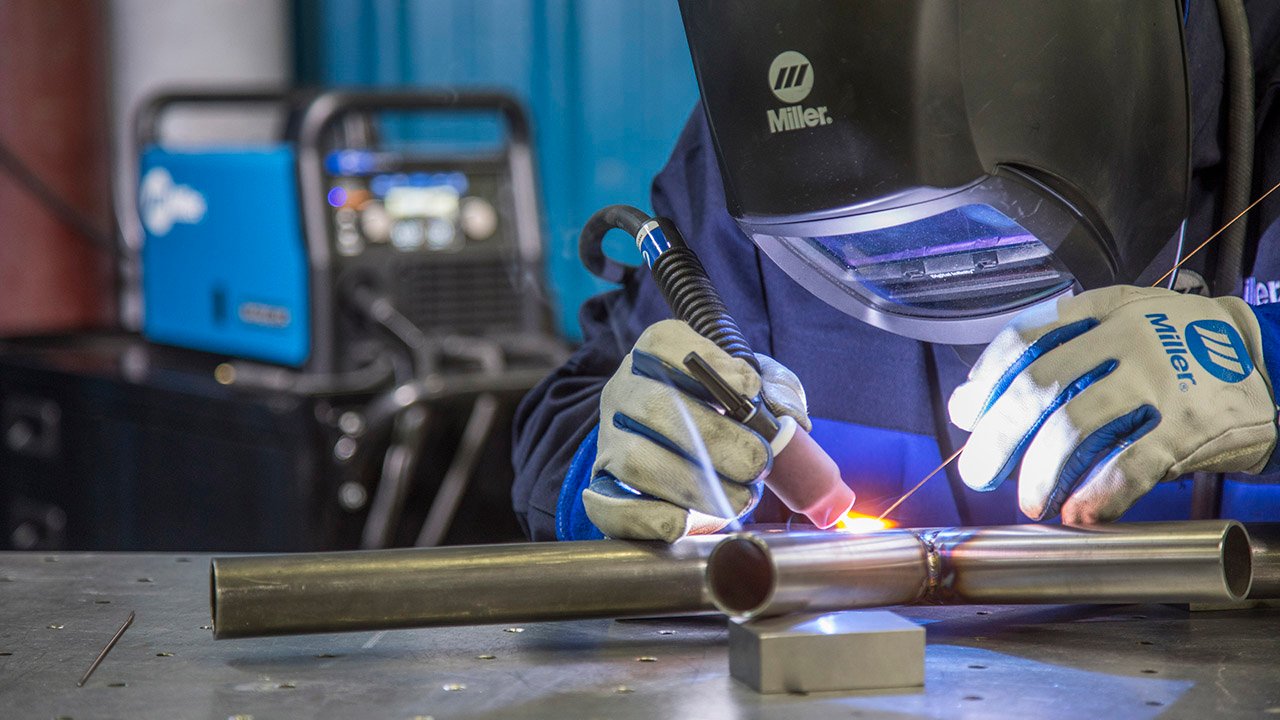Our Activities
What is TIG Welding?
What is TIG Welding?
TIG welding is a widely used welding method known for its high precision and versatility across various materials. This article provides an in-depth look at TIG welding, how it works, its applications, and the essential components of a TIG welding setup.
What is TIG Welding?
TIG welding (Tungsten Inert Gas) is a welding process that uses a non-consumable tungsten electrode and an inert shielding gas (usually Argon or Helium) to protect the weld from oxidation and contamination. This method is renowned for producing high-quality and durable welds.
What is Another Term for TIG Welding?
TIG welding is also referred to as GTAW (Gas Tungsten Arc Welding) in technical literature, particularly in English-speaking countries. The term GTAW emphasizes the use of shielding gas and a tungsten electrode in the welding process.
How Does TIG Welding Differ from MIG Welding?
TIG welding and MIG welding (Metal Inert Gas) both use shielding gas to protect the weld, but they differ in several key ways:
Electrode: TIG welding uses a non-consumable tungsten electrode, whereas MIG welding uses a consumable wire electrode.
Applications: TIG welding is ideal for high-precision welds on thin materials, while MIG welding is better suited for thicker materials and large-scale projects.
Control: TIG welding provides greater control but requires a higher skill level compared to MIG welding.
How Does TIG Welding Work?
TIG welding creates an electric arc between a tungsten electrode and the workpiece to generate heat. The tungsten electrode does not melt, allowing for precise control over the welding process. Shielding gas (Argon or Helium) is supplied to the weld area to prevent oxidation and ensure a clean weld.
What Are the Main Uses of TIG Welding?
TIG welding is used in applications requiring high-quality and precise welds, including:
Aerospace industry manufacturing.
Fabrication of stainless steel household items.
Welding of thin materials such as aluminum, copper, and nickel alloys.
Production of pipelines and high-pressure systems.
How to Use a TIG Welding Machine?
To use a TIG welding machine, follow these steps:
Prepare the Equipment: Ensure the welding machine, shielding gas, and electrode are correctly set up.
Set Parameters: Choose the appropriate current type (AC or DC) and adjust the amperage based on the material.
Clean the Material: Clean the surface of the material to ensure a strong and clean weld.
Start Welding: Position the arc at the welding point and add filler rod if necessary to create a continuous weld.
Inspect the Weld: Check for uniformity and ensure no porosity or cracks in the weld.
When Should TIG Welding Be Used?
TIG welding is suitable in the following situations:
When high-quality and aesthetically pleasing welds are required.
Working on thin or specialized materials like aluminum, copper, or stainless steel.
Projects that demand welds capable of withstanding high pressure or harsh environments.
What Are the Different Components of TIG Welding?
A TIG welding setup typically consists of the following key components:
TIG Welding Machine: Provides the power source for the arc.
Tungsten Electrode: Creates the arc without melting.
Shielding Gas Supply: Usually Argon or Helium to protect the weld.
Torch and Gas Cup: Protects the electrode and directs the gas flow.
Filler Rod: Adds metal to the weld as needed.
Power Cables and Ground Clamp: Connects the power source and ensures arc stability.
Conclusion
TIG welding is a demanding but highly effective welding method for achieving top-quality welds. With its ability to handle various materials and deliver precise results, TIG welding is a preferred choice across industries requiring high accuracy. Understanding how TIG welding works and its components can help maximize efficiency and effectiveness in any welding project.
Contact
📞 Hotline: +84 968 825 968 / WhatApps: +84 968 108 230
🌐 Website: https://hngmanpower.com
📧 Email: info@hngmanpower.com | contact@hngmanpower.com

